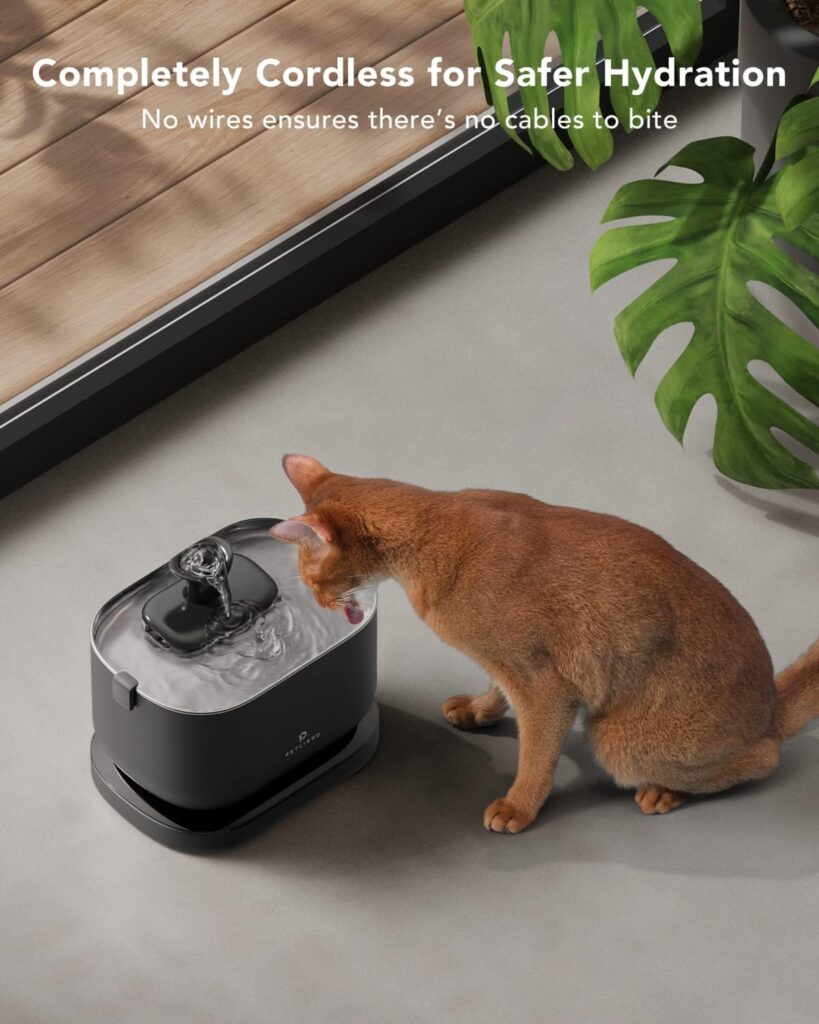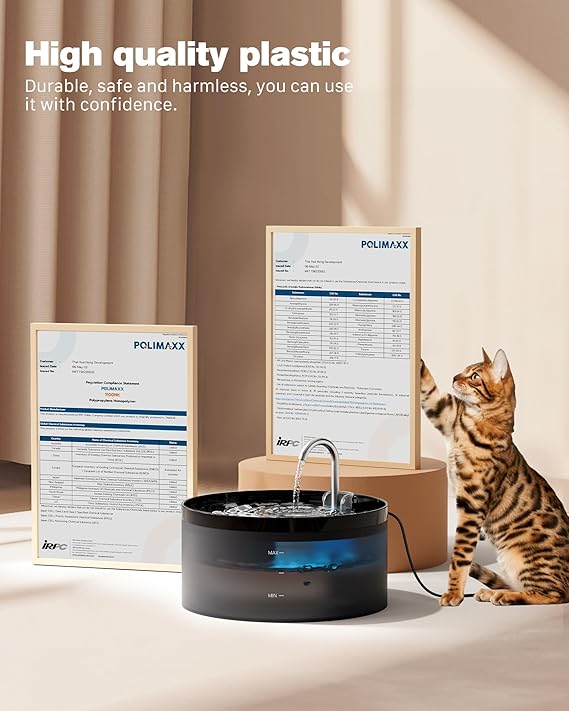
DIY Eco-Friendly Pet Water Dispenser
Keeping your pet hydrated is essential for their health and well-being. Pets, like humans, need a constant supply of fresh water to maintain their bodily functions, regulate temperature, and support overall health. While there are many commercial pet water dispensers available, making your own DIY eco-friendly pet water dispenser can be a rewarding project that benefits both your pet and the environment. This article will guide you through the process of creating a sustainable, cost-effective, and safe water dispenser for your furry friends.
Why Choose an Eco-Friendly Pet Water Dispenser?
Before diving into the how-to, let’s explore the benefits of using an eco-friendly pet water dispenser:
- Environmental Impact: Commercial pet water dispensers often use plastics and materials that may not be recyclable or biodegradable. Creating your own dispenser with recycled or natural materials reduces waste and your carbon footprint.
- Cost Savings: DIY projects typically cost less than buying brand-new products, especially if you use materials you already have at home.
- Customization: Building your own dispenser lets you tailor it to your pet’s size, drinking habits, and your home’s aesthetic.
- Health and Safety: You control the materials and assembly process, ensuring that the dispenser is free from harmful chemicals and toxins.
- Educational and Fun: It’s a great project to learn new skills and can be a fun activity for pet owners and families.
Materials Needed
To build an eco-friendly pet water dispenser, you’ll want to use materials that are safe for pets, easily sourced, and sustainable. Here’s a list of materials you might need:
- Recycled or upcycled containers: such as glass bottles, mason jars, or old water jugs.
- Natural wood or bamboo: for the base or frame.
- Food-grade silicone tubing: if you plan to use a gravity-fed design.
- Non-toxic sealant or glue: to ensure water doesn’t leak.
- A pet-safe bowl: preferably made from stainless steel, ceramic, or bamboo.
- Tools: drill, saw, sandpaper, measuring tape, screwdriver.
- Optional: paint or varnish that is water-based and non-toxic for finishing touches.
Choosing the Right Container
Glass is often the best choice for water dispensers because it does not leach chemicals and is easy to clean. Mason jars or recycled glass bottles work well. Avoid plastics unless they are BPA-free and food-grade.

Step-by-Step Guide to Building Your DIY Eco-Friendly Pet Water Dispenser
Step 1: Design and Planning
Decide on the type of dispenser you want to build. The two most common types are:
- Gravity-fed dispenser: Uses gravity to fill a bowl as your pet drinks.
- Automatic dispenser with a water reservoir and a drip system: Releases water slowly over time.
For simplicity and sustainability, a gravity-fed dispenser is recommended.
Sketch your design. Typically, it involves a container inverted over a bowl. The water flows into the bowl and refills as your pet drinks, using air pressure to regulate the water flow.
Step 2: Prepare the Container
- Clean the container thoroughly using hot soapy water. Rinse well to remove all soap residue.
- If using a glass bottle or jar, ensure the opening fits over or inside the bowl you plan to use.
- For certain designs, you may need to drill a small hole near the top or use a silicone tube to allow air to enter and water to flow smoothly. Be cautious when drilling glass; use proper safety gear and a diamond drill bit.
Step 3: Prepare the Base and Bowl
- Select a stable base made from natural wood or bamboo to hold the water container and bowl.
- Sand any wooden parts to remove splinters and rough edges.
- Attach the pet-safe bowl securely to the base. If the bowl is removable for cleaning, ensure it fits snugly and won’t tip easily.
Step 4: Assemble the Dispenser
- Invert the water container and place it over the bowl or into the base holder.
- Check for leaks and ensure the water flows smoothly into the bowl.
- If your design includes silicone tubing, connect it properly to regulate air flow and water dispensing.
- Use non-toxic sealant or water-resistant glue to secure parts as needed, making sure all materials are safe for pets.
Step 5: Finishing Touches
- Paint or varnish the wooden base with non-toxic, water-based finishes to protect the wood and add aesthetic appeal.
- Let everything dry completely before introducing the dispenser to your pet.
- Place the dispenser in a shaded, cool area to keep water fresh longer.
Maintenance and Cleaning
Regular cleaning is crucial to prevent bacterial growth:
- Empty and clean the water container and bowl at least once every two days.
- Use vinegar or a pet-safe cleaning solution to disinfect.
- Rinse thoroughly to remove any cleaning agent residue.
- Check the dispenser for any damage or wear and replace parts as necessary.
Creative Variations and Enhancements
Solar-Powered Water Dispenser
For an advanced project, consider integrating a small solar-powered pump that circulates water, keeping it fresher and oxygenated longer.
Filtration System
Add a simple charcoal or activated carbon filter using a DIY filter container to improve water quality.
Multiple Bowls Design
If you have multiple pets, create a tiered or multi-bowl system with a single reservoir to serve all pets simultaneously.
Safety Tips
- Avoid toxic materials such as treated wood, lead-based paints, or plastics with harmful chemicals.
- Ensure all parts are securely attached to prevent choking hazards.
- Regularly inspect the dispenser for mold or slime buildup.
- Use stainless steel or ceramic bowls to avoid bacterial growth commonly associated with some plastics.
Environmental Benefits of Your DIY Dispenser
- Reduces plastic waste by reusing containers.
- Lowers energy consumption compared to electronic dispensers.
- Encourages sustainable living habits.
- Promotes awareness about pets’ impact on the environment.
What is New Eco-Friendly Pet Startups to Watch
Conclusion:
Creating a DIY eco-friendly pet water dispenser is a practical and rewarding project that benefits your pet’s health and the planet. With simple materials, a bit of creativity, and care, you can craft a sustainable, safe, and aesthetically pleasing water source for your beloved animal companion. Whether you choose a basic gravity-fed system or an enhanced design with filtration, the key is to prioritize your pet’s needs and environmental responsibility. Enjoy building your dispenser and watching your pet enjoy fresh, clean water every day!
